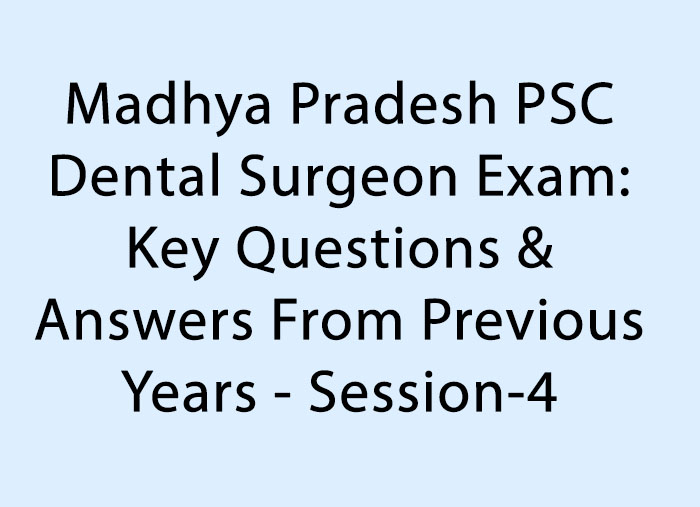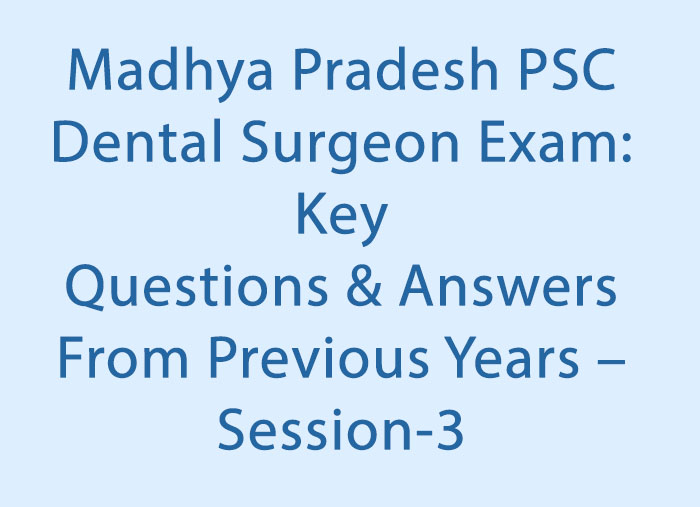- NEED HELP? CALL US NOW
- +919995411505
- [email protected]
Non Carious Lesions
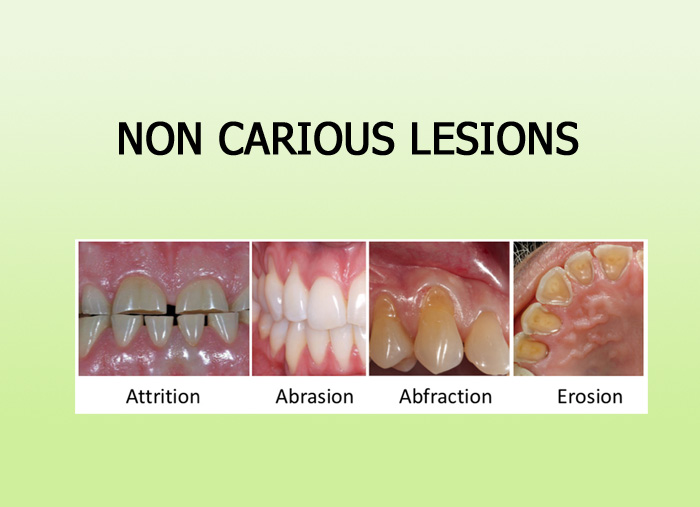

EROSION
- This is the loss of tooth substance by a non- bacterial chemical process.
ETIOLOGY
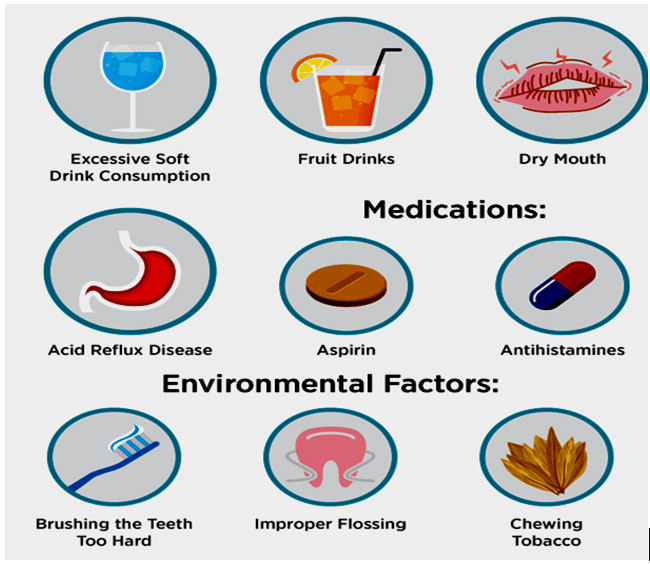
CLINICAL FEATURES
- broad, shallow, saucer –shaped defects involving enamel & dentin.
- The surface of erosion lesions appears smooth &
- Many teeth are affected, usually maxillary anteriors.
- Symptoms; loss of enamel usually causes hypersensitivity .
ABRASION
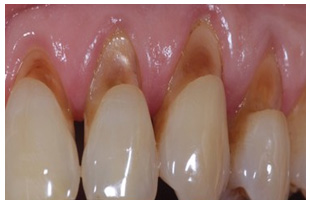
- Is the pathological wearing away of teeth due to abnormal processes, habits or abrasive
ETIOLOGY
- use of a hard toothbrush, an abrasive dentifrice & improper brushing techniques are the important
- Abnormal habits like biting a pipe stem, biting finger nails, opening bobby pins are also
- Abrasive particles in food
CLINICAL FEATURES
- Present as notched or ‘v’ shaped defects involving the cervical enamel &
- Typical toothbrush abrasions are unilateral [left side for right handers].
- Canines & premolars are most
- Exhibit sharp margins & sharp internal
- Symptoms; sensitivity.
ABFRACTION
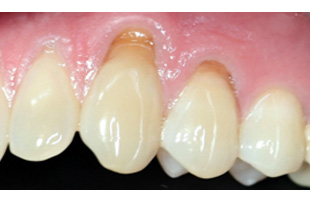
- Pathologic loss of tooth substance due to biomechanical loading forces that result in flexure & ultimate fatigue of enamel & dentin at a location away from loading.
ETIOLOGY
- Recent advances suggests that occlusal stresses have an important to play in the development of non-carious lesions, esp. In patients parafunctional
- Teeth flex or blend when subjected to excessive occlusal forces & the point of is the cervical area.
- Tensile forces produced as a result weaken the bonds b/n the cervical enamel hydroxyapetite leading to cracks in the cervical enamel.
- Eventually there is loss of tooth tissue in this area producing non-carious tooth
- Occlusal
CLINICAL FEATURES
- Appear as wedge-shaped defects with sharp margins & sharp internal
- In the initial stages the enamel surface is rough & shows striations or
- In the later stages as the defect progresses deeper in dentin 2 or more grooves may be visible on the
ATTRITION
- Is the physiologic wearing away of teeth b’coz of tooth-to-tooth contact, as in
Types;
- Physiological attrition; due to normal aging process, due to
- Pathological attrition; abnormalities in occlusion, chewing pattern or due to some structural defects in
ETIOLOGY
- Abnormal
- Abnormal chewing
- Occupation; workers exposed to abrasive dust.
- Structural defect; amelogenesis imperfecta & dentinogenesis
CLINICAL FEATURES
- Site; occlusal, incisal & proximal surfaces of
- Appearance; small polished facet on a cusp tip or ridge & slight flattening of an incisal
CLINICAL MANAGEMENT OF NON-CARIOUS LESIONS
- Non –carious lesions require clinical attention if any of the following factors exist;
- Tooth sensitivity; Exposure to dentin in the cervical area result in dentin
- Compromised aesthetics; loss of tooth structure in the cervical area produce an unesthetic appearance In the anterior region.
- Risk of tooth fracture; deep, wedge-shaped lesions in the cervical area increase the risk of tooth fracture due to low strength at this
4.Pulpal damage; deep lesions likely to result in irreversible pulpitis & pulpal death.
5.Caries; favour plaque accumulation which lead to the development of caries.
6.Poor periodontal health; The gingiva may be irritated & inflamed due to non-carious cervical lesions.
TREATMENT
- Dentin desensitization
- Restorations
- Endodontic therapy
- Periodontal therapy
Click here to view QA and Description for Non Carious Lesions
Related posts
April 10, 2025
April 9, 2025
April 4, 2025

